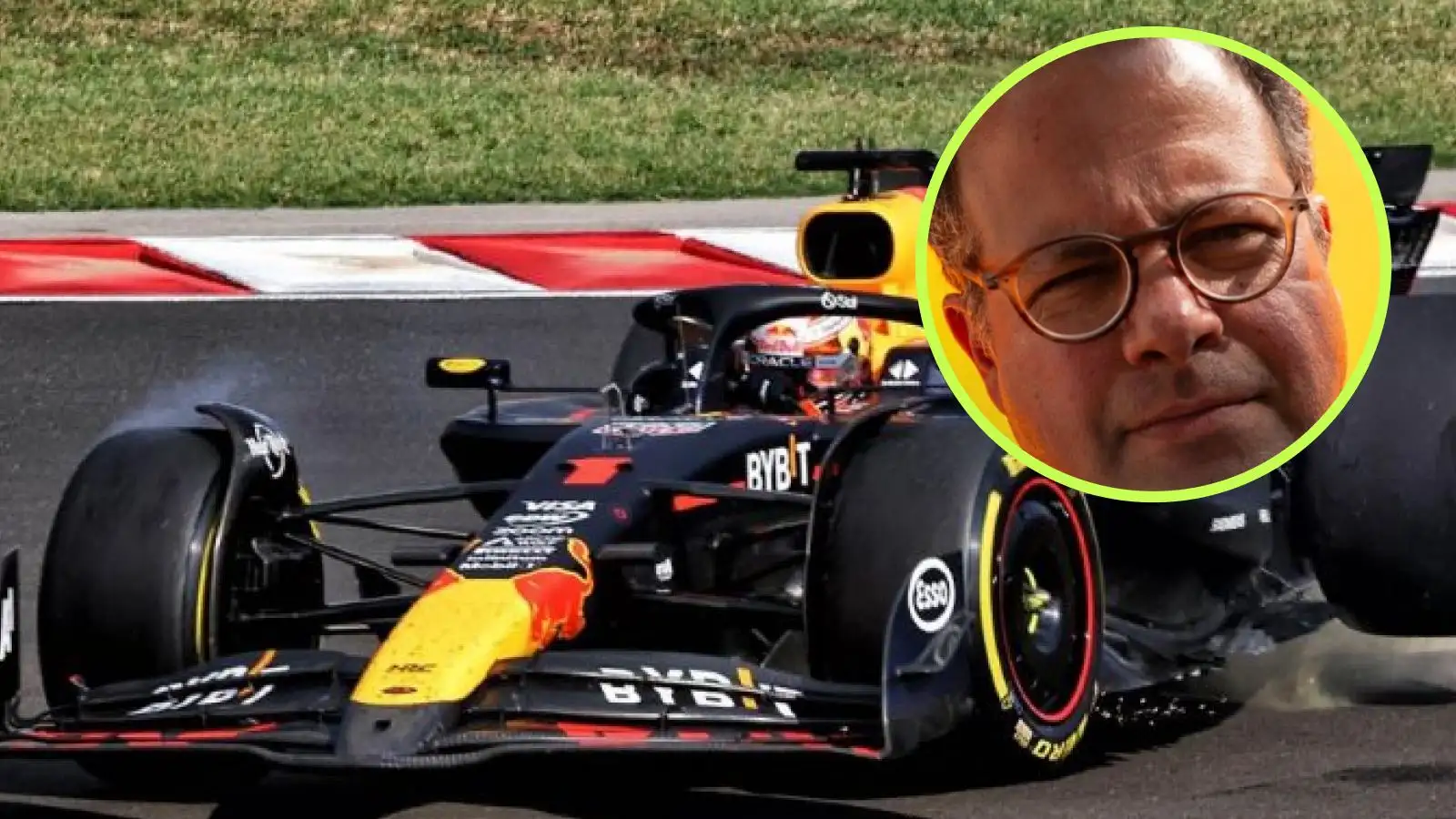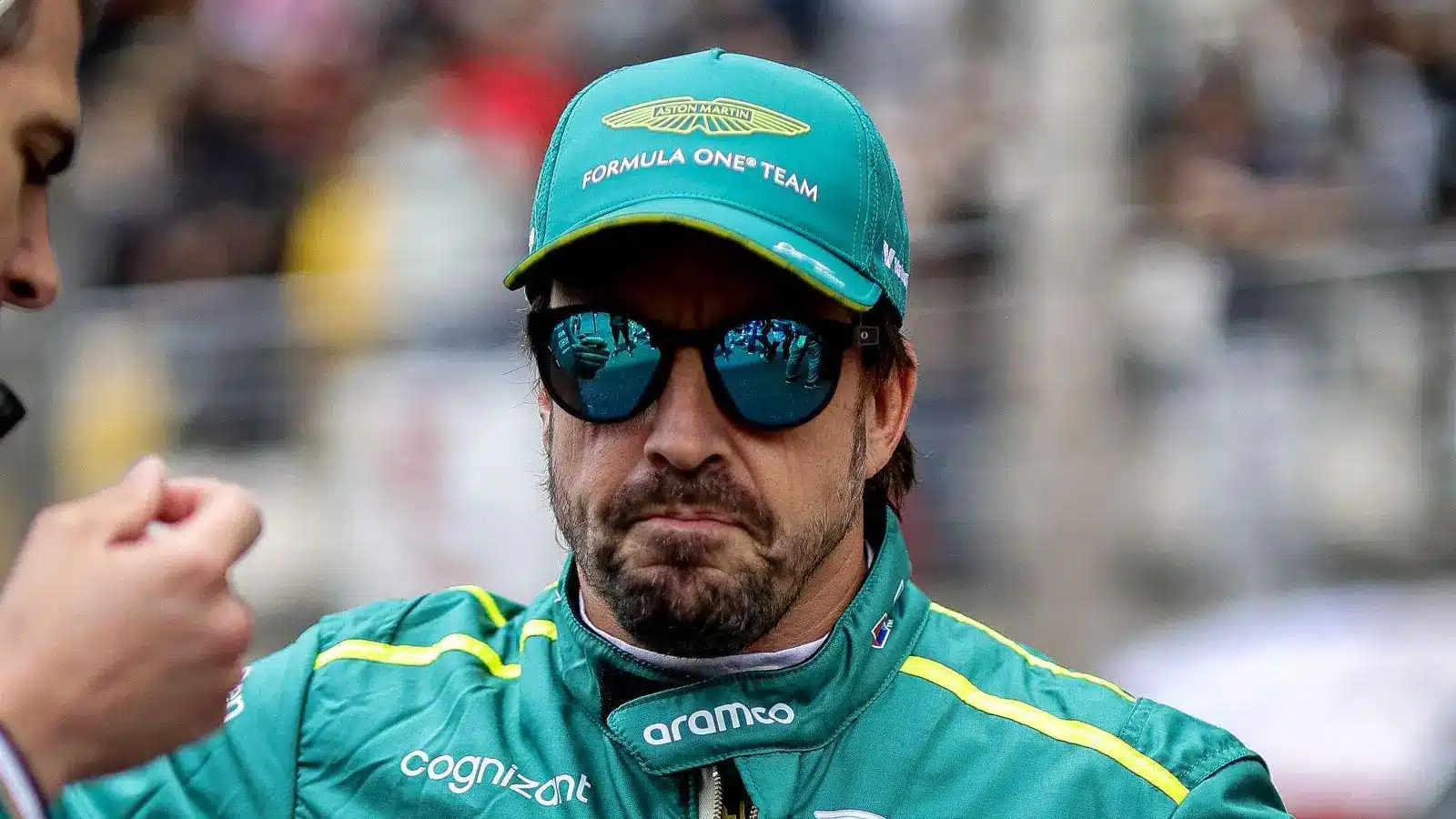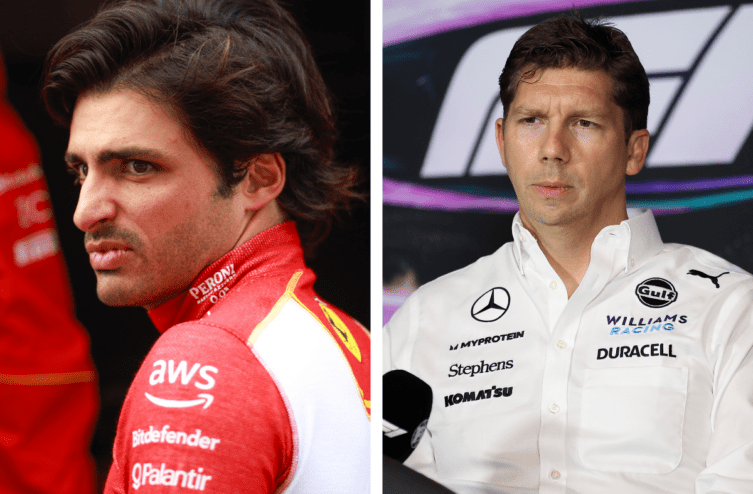Liam Lawson’s ride with Red Bull seems to be reaching a turning point, sparking much discussion in the F1 world.
- Speculations are rife that Lawson might be moving back to the junior Racing Bulls team post-Chinese Grand Prix, with Yuki Tsunoda possibly taking his place.
- Martin Brundle criticizes the competitive atmosphere, labeling it ‘desperate’ and hinting at potential driver changes.
- McLaren’s Zak Brown comments on Red Bull’s driver choices, particularly advocating for Tsunoda over Lawson, though Tsunoda remains uncertain about his future.
- McLaren celebrates a win despite technical challenges, while Ferrari faces disqualifications and strategic errors.
Liam Lawson’s time with Red Bull appears to be at a crossroads. After failing to score in recent races and being repeatedly eliminated in Q1, rumors suggest he might return to the junior Racing Bulls team. Meanwhile, Yuki Tsunoda is tipped as a likely candidate to fill Lawson’s spot, as negotiations continue and Red Bull is expected to make an announcement soon.
Adding to the buzz, Martin Brundle pointed out some ‘desperate’ driving at the Chinese Grand Prix, which he attributed to the pressure on drivers like Lawson and Jack Doohan. Brundle believes these drivers faced unfair scrutiny and teased that lineup changes could be on the horizon, emphasizing the intense atmosphere in F1.
In a brutally candid observation, Zak Brown, CEO of McLaren Racing, critiqued Red Bull’s driver decisions, suggesting Yuki Tsunoda should have replaced Sergio Perez instead of Lawson. Although Tsunoda acknowledged Brown’s support, he admitted that his fate with Red Bull is not in his control.
Amidst this driver shuffle drama, McLaren had its own story of triumph and trials. The team secured a one-two finish at the Chinese Grand Prix, but it wasn’t without hiccups. Lando Norris battled with brake issues throughout the race, which McLaren later traced to a leak. This victory, despite car troubles, highlights McLaren’s resilience.
While McLaren celebrated, Ferrari had to deal with setbacks. An underweight car led to Charles Leclerc’s disqualification, and Lewis Hamilton faced penalties for excessive plank wear. These errors, coupled with Hamilton’s failed two-stop strategy, raised questions about the team’s decision-making processes, casting doubts on their future strategies.
As the F1 season progresses, teams and drivers must navigate a rapidly shifting landscape, where decisions and performances are under constant scrutiny.










